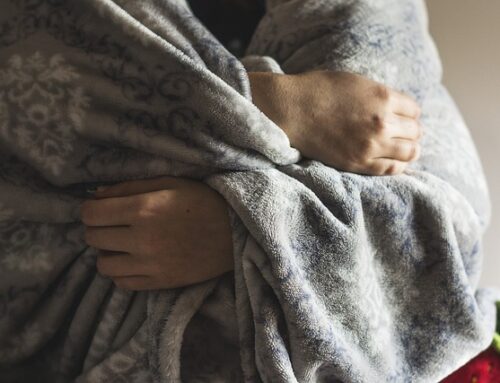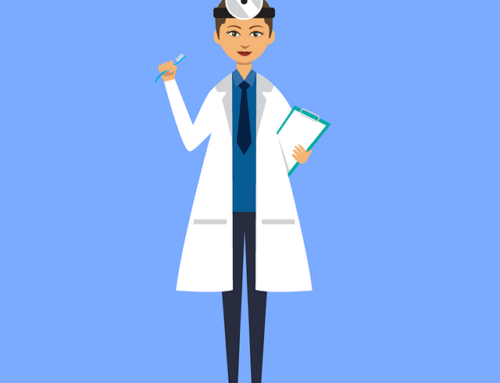As you know, it is important to treat sleep apnea before the condition worsens. To further emphasize the need for proper care of sleep apnea, I wanted to share some disasters and tragedies that have been associated with sleep. By understanding these disasters, we can continue to show just how important treatment of sleep apnea is. Let’s take a look at a few:
Exxon Valdez 1989
In 1989 a horrific accident occurred in Alaska, killing wildlife and spilling 258,000 barrels of crude oil in the process–this was Exxon Valdez. Third mate, Gregory Cousins, was allegedly sleeping at the helm. As a result, Cousins was unable to turn the boat back into the shipping lanes in time to avoid the disaster. The crew had just put in a 22-hour shift loading the oil onto the ship and Cousins reportedly had only taken a “catnap” in the last 16 hours leading up to the crash. Could this have been prevented? Absolutely.
Chernobyl Nuclear Disaster
This nuclear disaster is very well known, but did you know it might have been prevented if sleep was carefully watched? When the nuclear power plant in Ukraine exploded, it created what some describe as the world’s worst nuclear disaster. The engineers involved in the incident had been working for 13 hours or more. Two plant workers died that night and nearly 240 people were originally diagnosed with radiation poisoning, and 134 actually confirmed later.
NASA Challenger
Another tragedy is the NASA Challenger space shuttle explosion. The shuttle exploded only seconds after its January 1986 launch, which killed all crew members. According to a report in 1988, certain managers involved in the launch had only slept two hours before getting to work at 1 a.m. In a report in 1986, the Presidential Commission stated, “The willingness of NASA employees in general to work excessive hours, while admirable, raises serious questions when it jeopardizes job performance, particularly when critical management decisions are at stake.” Wow, to think that maybe this would have been prevented if sleep was taken care of is scary to think.
While this is only three instances, there are so many more to there that have occurred. We need to educate our patients so they can take further precautions in protecting not only their health, but the wellbeing of those around them.





